Hello everyone! This is Kumakichi!
Now that May is here, the season for beautiful hydrangeas is just around the corner♪
Kamakura is famous for its many hydrangea spots. Some are well-known and crowded, while others are hidden gems. This time, I’ve put together a ranking that focuses on temples where you can enjoy hydrangeas at a more relaxed pace. After all, while famous temples may have tons of flowers, they’re often so crowded that it’s hard to truly enjoy them…
So, without further ado, here are my top 5 temple picks for enjoying hydrangeas in Kamakura!

1st Place: Shūgen-ji Temple
This temple was built on the former residence of Shijō Kingo Yorimoto, a loyal samurai who deeply followed Nichiren, the founder of the Nichiren sect. During one of Nichiren’s four great persecutions—the Ryūnokuchi Persecution in 1271 (Bun’ei 8)—Shijō Kingo was prepared to give his life and stood firmly by Nichiren’s side.
It’s a small, quiet temple that I happened to visit by chance, but I was pleasantly surprised by the variety of hydrangeas in bloom. Since it’s not very crowded, you can take your time and enjoy the flowers peacefully. For hydrangea lovers, this is truly a hidden gem!


2nd Place: Kōsoku-ji Temple
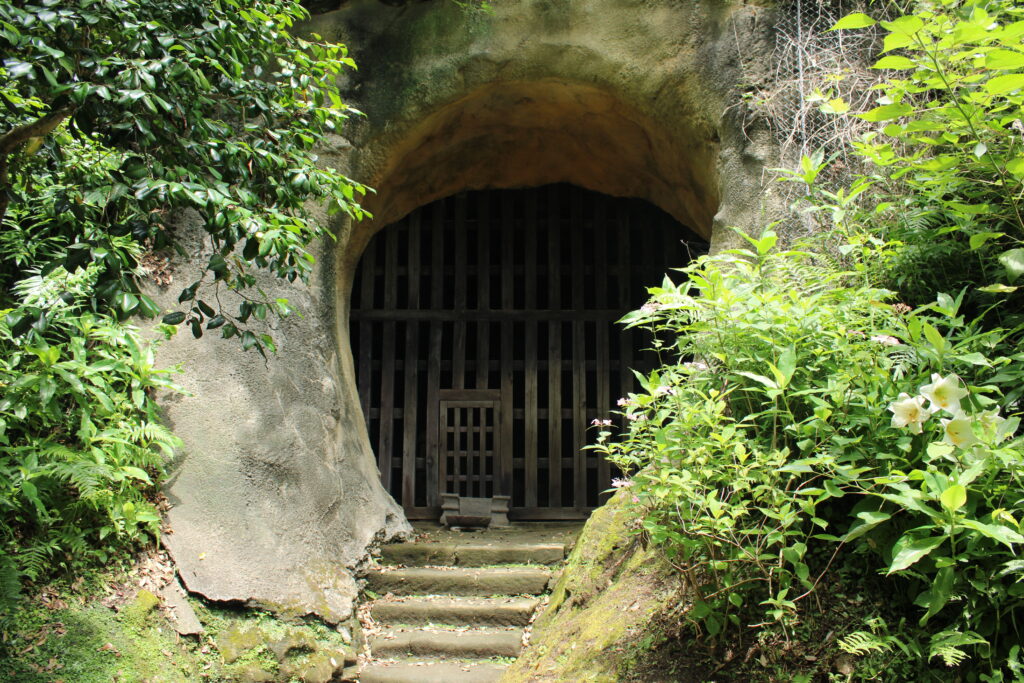
When Nichiren was exiled to Sado Island, his disciple Nichirō was also captured and imprisoned at the residence of Mitsunori Yadoya, a retainer of the powerful Hojō Tokiyori. Eventually, Mitsunori became a devoted follower of Nichiren, and his former residence is said to have become what is now known as Kōsoku-ji Temple.
While it may not be as famous as the nearby Hase-dera Temple, Kōsoku-ji is also a wonderful spot for viewing hydrangeas. Since it’s less crowded, it’s truly a hidden gem! It’s said that there are over 200 varieties of potted hydrangeas on display here.

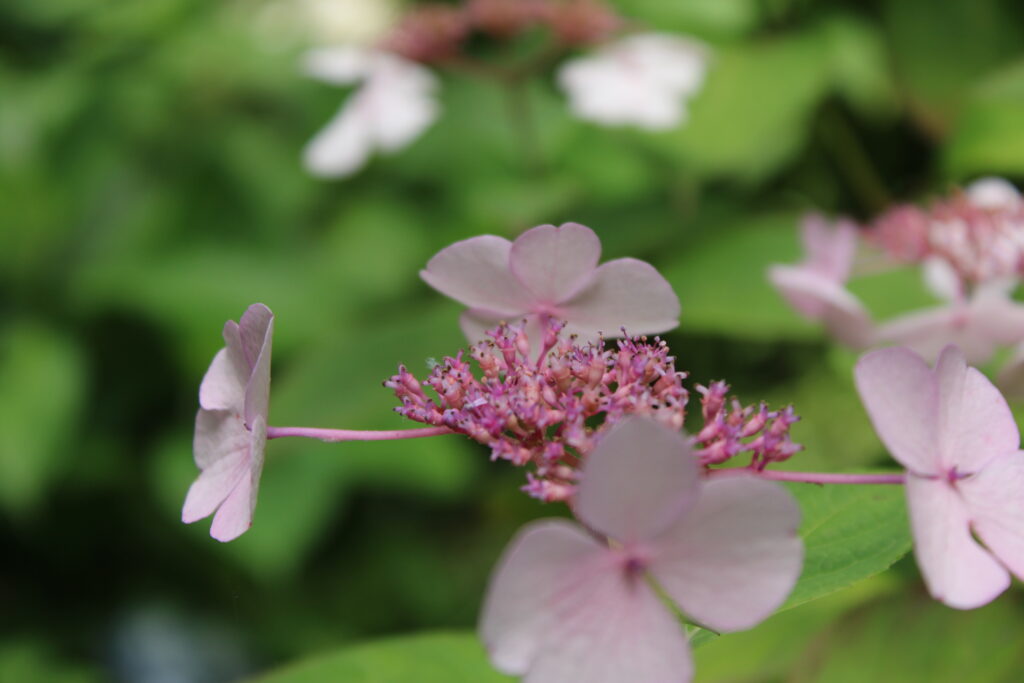
3rd Place: Gokuraku-ji Temple
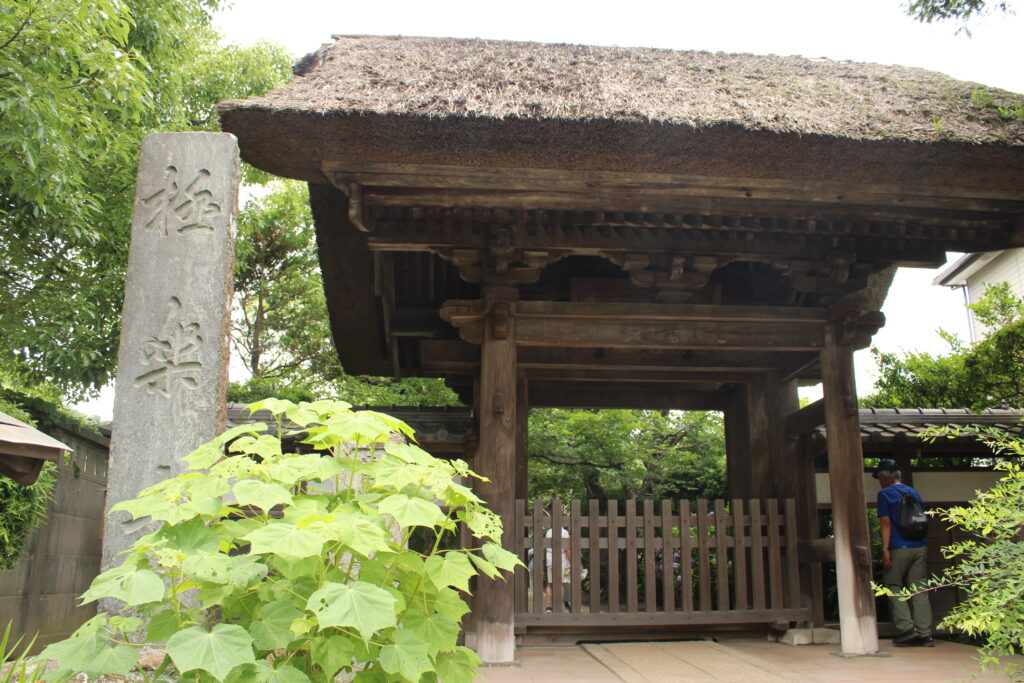
Gokuraku-ji Temple was originally founded in Fukasawa in 1259 (Shōgen 1), and later relocated to its current location by Hōjō Shigetoki, who became its official patron. During the Mongol invasions, the temple was ordered by the shogunate to conduct prayers for the defeat of foreign forces. Even after the fall of the Kamakura shogunate, it retained its status as an official temple for national peace under imperial command.
The founding priest was Ninshō Ryōkanbō, a disciple of Eison of Saidaiji Temple in Nara, where he studied Buddhist precepts. He was welcomed to Gokuraku-ji in 1267 (Bun’ei 4) as its first head priest.
Ninshō is especially known for his efforts to help the socially vulnerable, such as the poor and those suffering from leprosy. At the time, people with leprosy faced severe discrimination. Ninshō extended a helping hand to those who had been cast aside by society, offering them care and dignity.
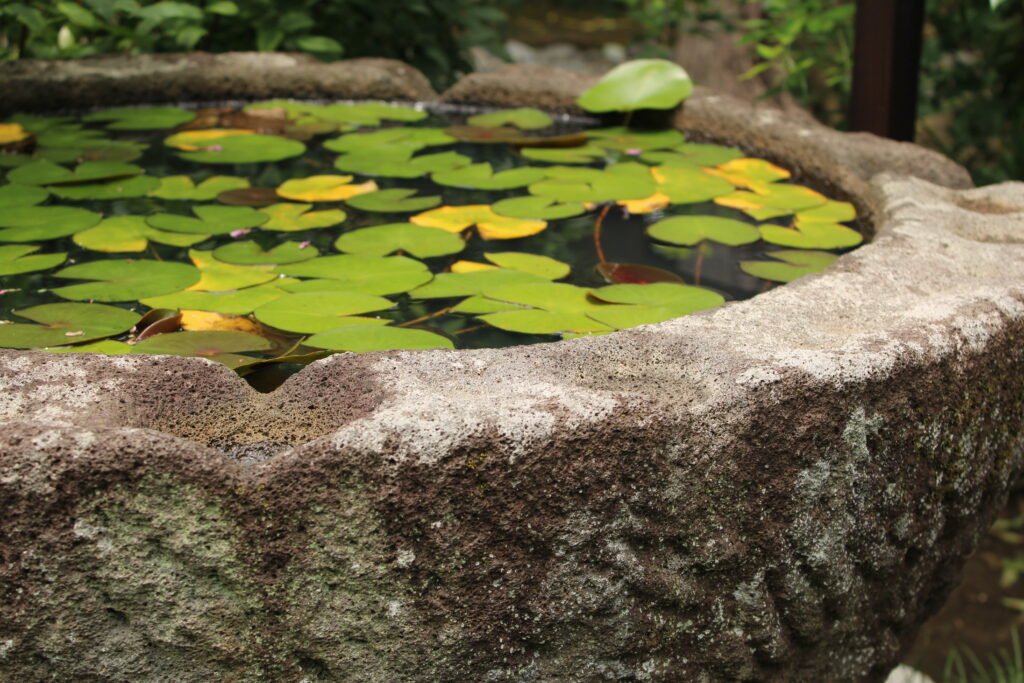
While the number of hydrangeas here isn’t particularly large, they blend beautifully with the temple’s serene atmosphere, making it a lovely place to enjoy them♪


4th Place: Meigetsu-in Temple

The original temple that would later become Meigetsu-in was called Meigetsu-an, and it was founded in 1160 (Eiryaku 1), about 850 years ago. It was established by Yamauchi Sudō Tsunetoshi to honor the spirit of his father, Yamauchi Sudō Toshimichi, a samurai who died in the Heiji Rebellion.
About a century later, Hōjō Tokiyori, the 5th regent of the Kamakura shogunate, built a temple called Saimyō-ji on the same grounds. Though Saimyō-ji was eventually lost, Tokiyori’s son, Hōjō Tokimune—the 8th regent—later established Zenkō-ji on its site.
Then, in 1380, Meigetsu-an was renamed Meigetsu-in. Although Zenkō-ji was abolished in the early Meiji period, Meigetsu-in—originally its main sub-temple—was the only one to remain.

So, what about the hydrangeas?
Meigetsu-in is so famous for its hydrangeas that it’s often called “The Hydrangea Temple.” During peak season, the entire temple grounds are covered in shades of blue. Honestly, the sight is absolutely breathtaking!


In terms of scale, Meigetsu-in is one of the top places in Kamakura for hydrangea viewing. Because of this, it attracts a huge number of visitors during peak season. Unfortunately, it can get so crowded that it’s hard to take your time and truly enjoy the flowers—so personally, I had to lower my rating just a little…
5th Place: Hase-dera Temple
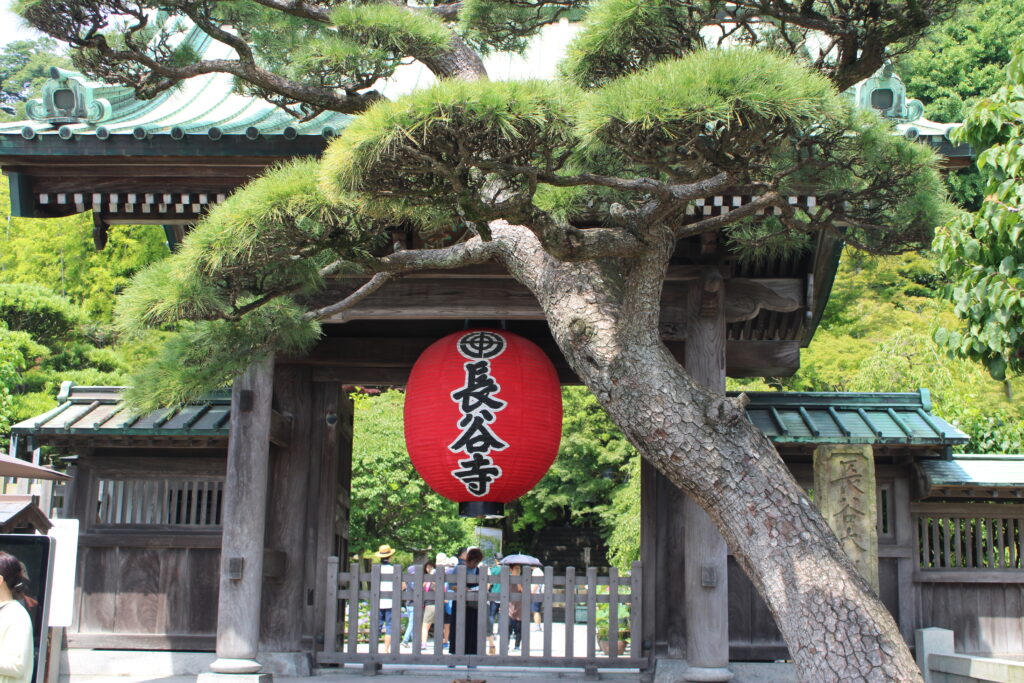
Hase-dera is a famous temple located near Hase Station on the Enoden Line. It’s only about a 5-minute walk from the station, making it very accessible. Even on weekdays, the temple is bustling with school trips and tourists.
Founded in 736 (Tenpyo 8), Hase-dera has a long history, even by Kamakura’s standards. It belongs to the Jōdo-shū sect, but since Hōnen, the founder of Jōdo-shū, lived during the late Heian period and early Kamakura period, it’s likely that the temple switched sects at some point.
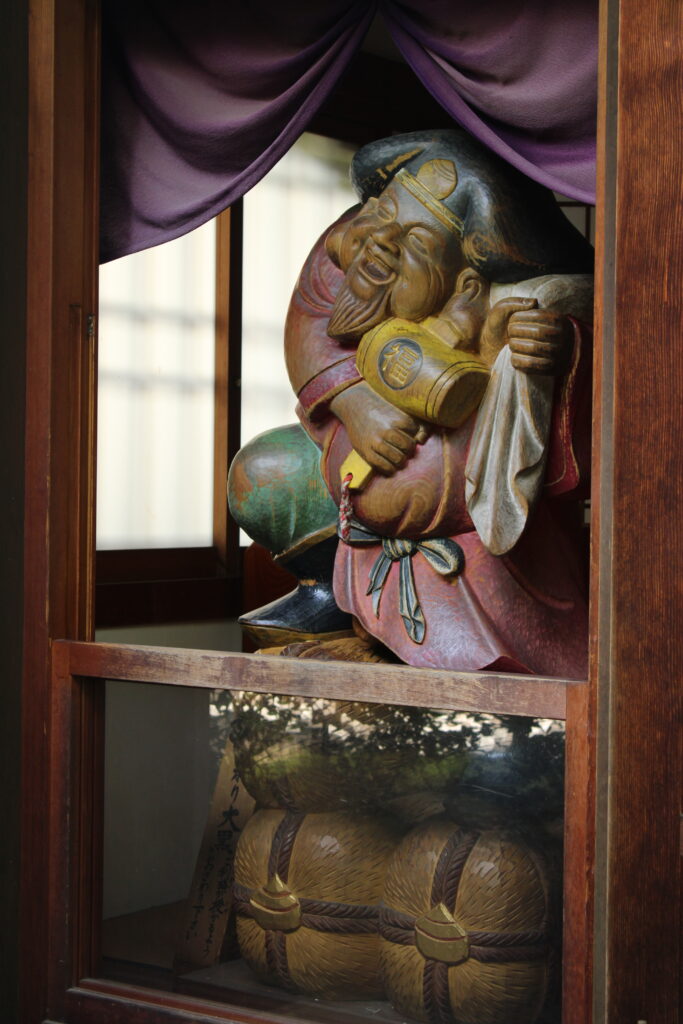
There is a famous legend associated with the Kannon statue at Hase-dera.
According to the story, a Kannon statue was carried by the sea from a temple in Nara and eventually washed up on the Miura Peninsula, where it was enshrined, and Hase-dera was established.
According to temple tradition, the founder Tokudō Shōnin discovered a giant sacred camphor tree in the mountains of Hase in the Yamato province (modern-day Nara Prefecture). From this tree, two Kannon statues were carved. One statue became the Kannon at the original Hase-dera in Yamato, and the other was set adrift in the sea, symbolizing the wish for the salvation of all beings. This statue later washed ashore at Nagai-ura on the Miura Peninsula (near present-day Hasse), and it was enshrined there, leading to the establishment of Hase-dera Temple.

So, how were the hydrangeas?
Hase-dera is another famous spot for hydrangeas, on par with Meigetsu-in. Hydrangeas are blooming all throughout the vast temple grounds, creating a beautiful and vibrant scene.


The hydrangeas are absolutely beautiful, but just like Meigetsu-in, it gets quite crowded with many visitors, which lowers the overall experience a bit. I recommend going early in the morning to avoid the crowds!
Conclusion
So, how was it?
Didn’t you notice many hydrangeas in colors and shapes that are different from what you might have imagined? I wasn’t very familiar with them either, but after visiting various temples with hydrangeas in mind, I found it to be quite fascinating.
For those new to Kamakura, I definitely recommend visiting Hase-dera and Meigetsu-in. There are many other interesting things to see beyond the flowers. However, if you want to explore more hidden spots to enjoy hydrangeas in Kamakura, why not visit some of the other temples as well?
Take care, and happy travels!

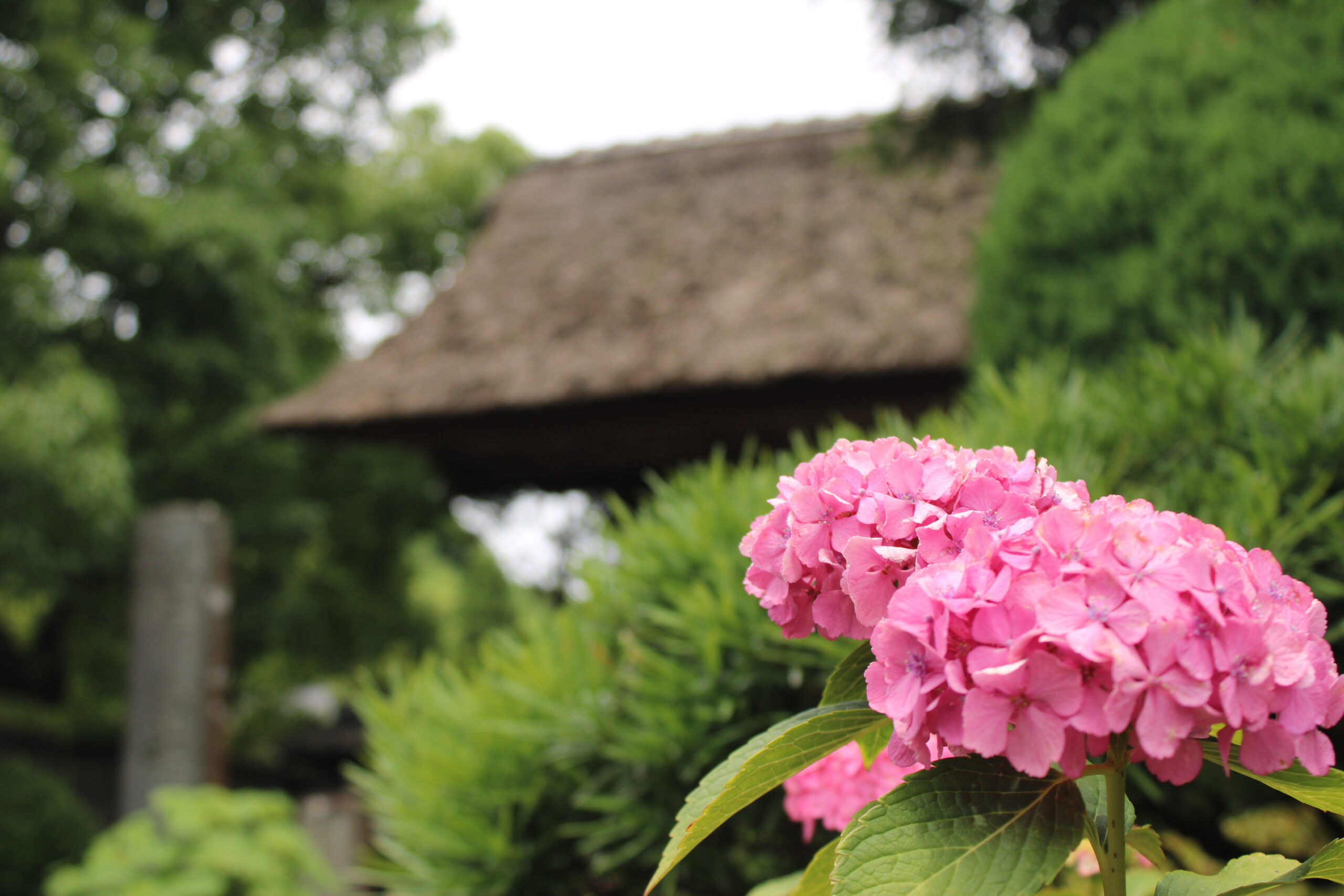


コメント